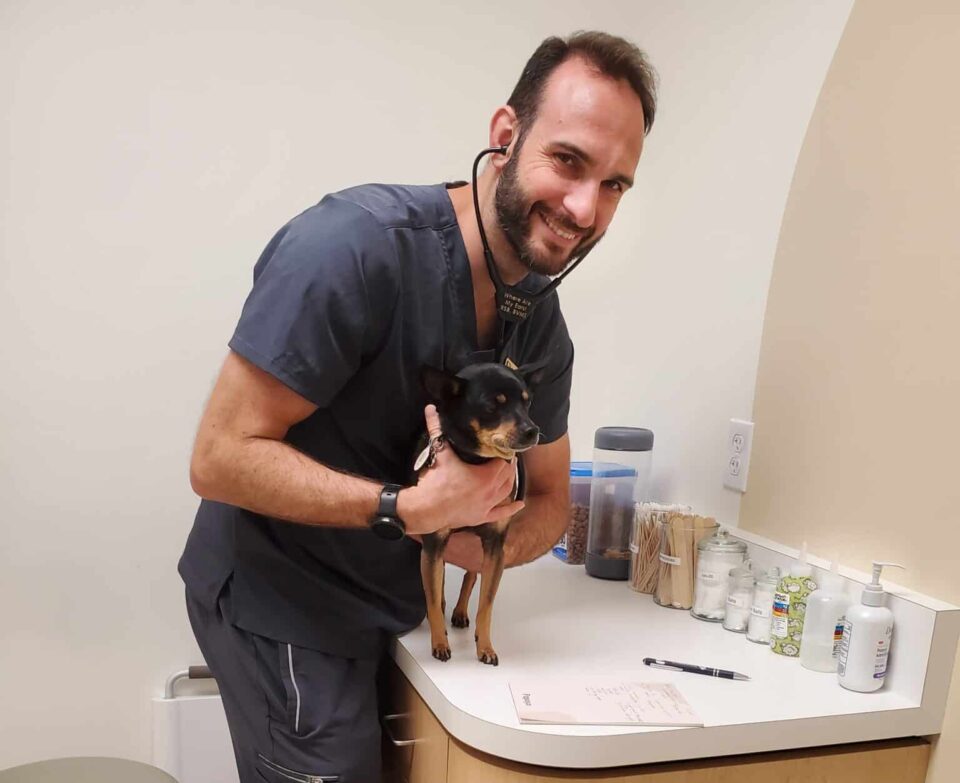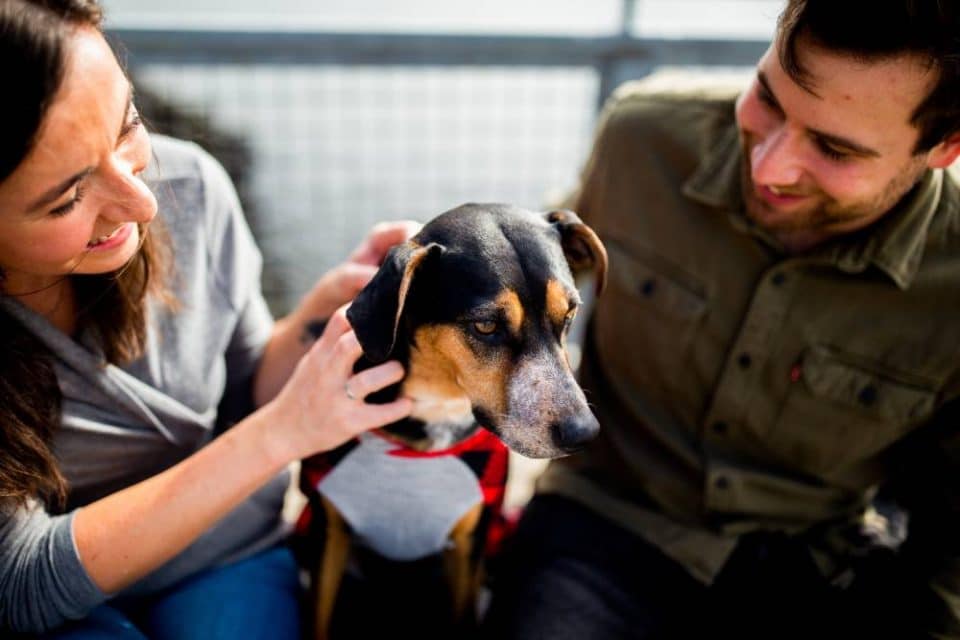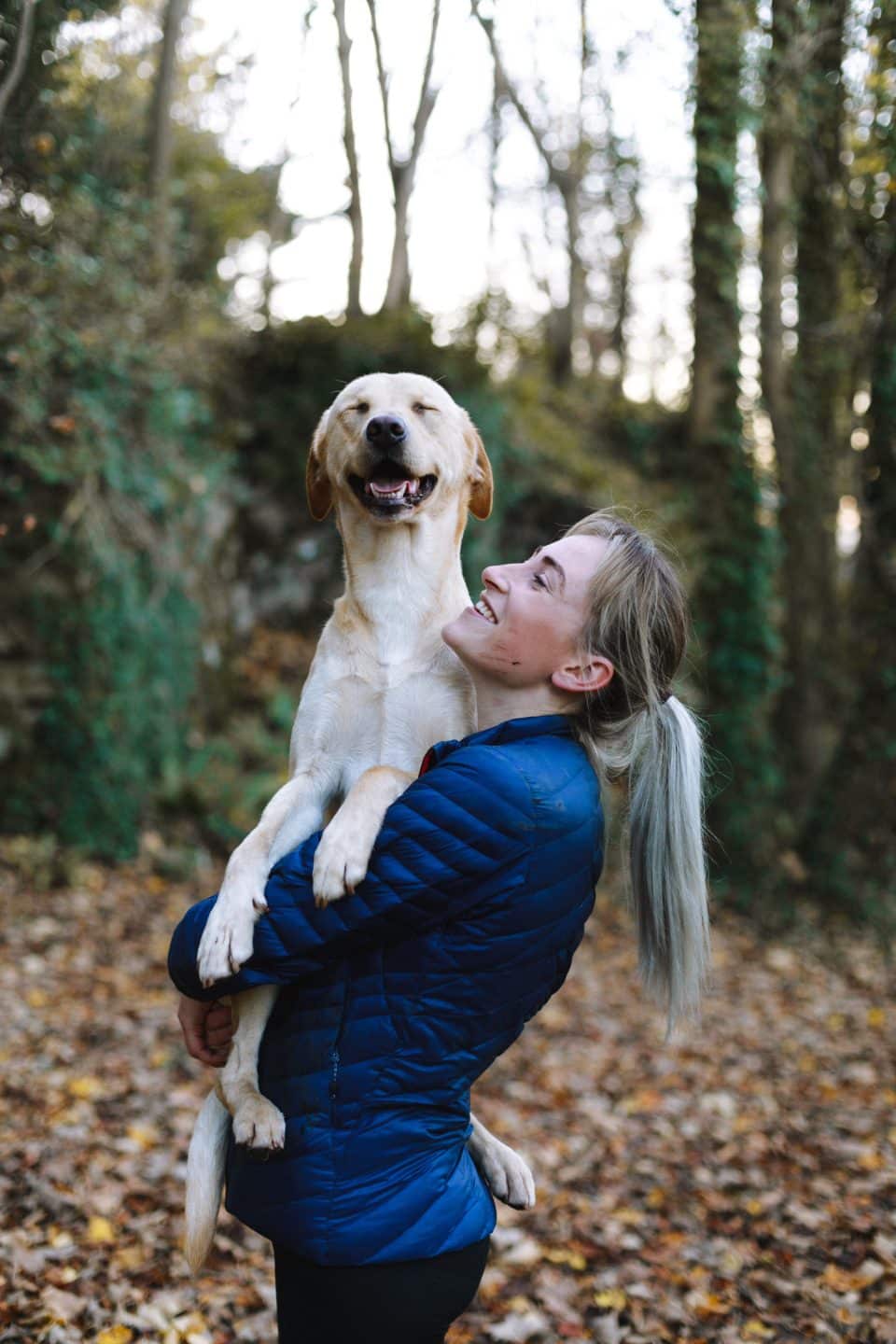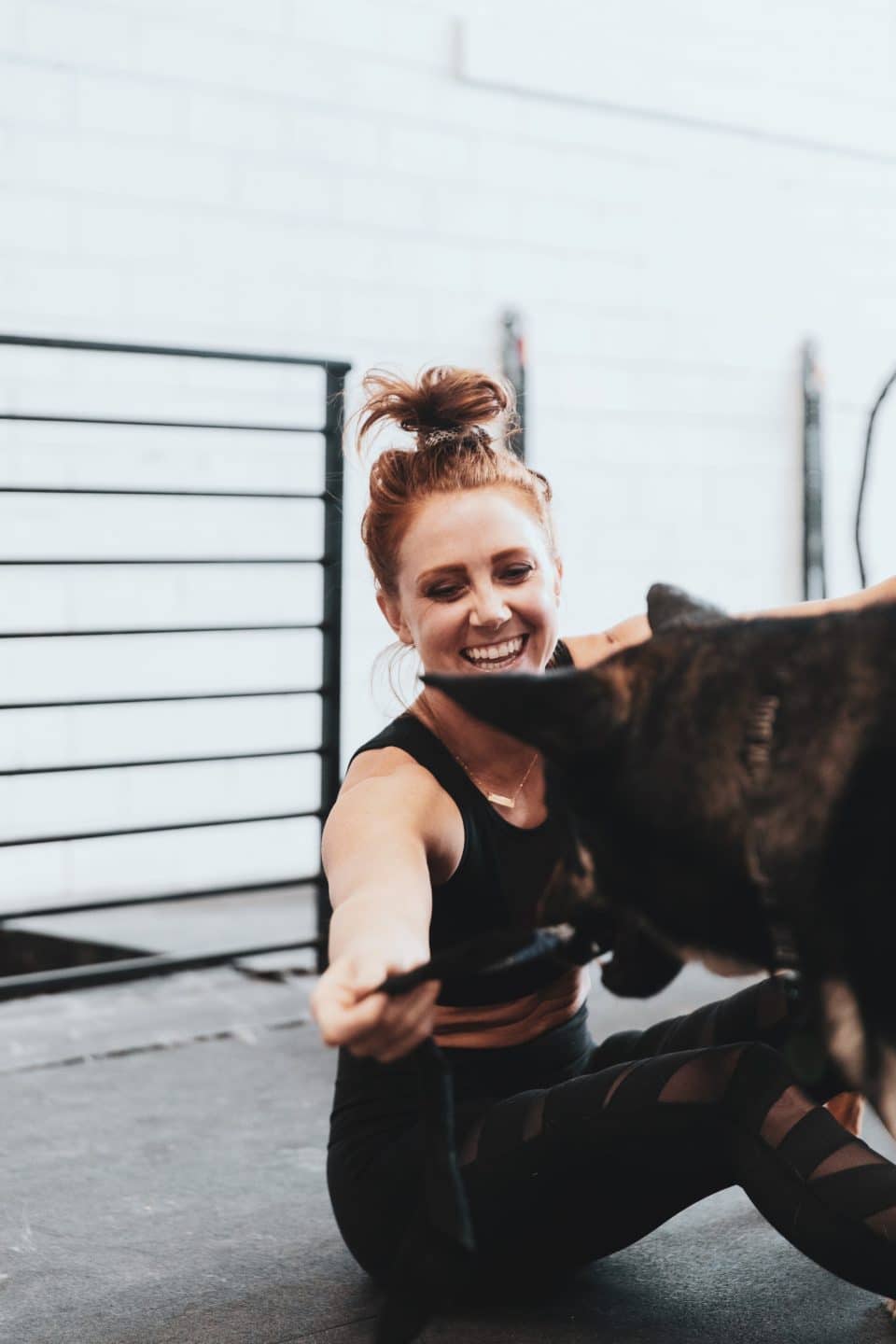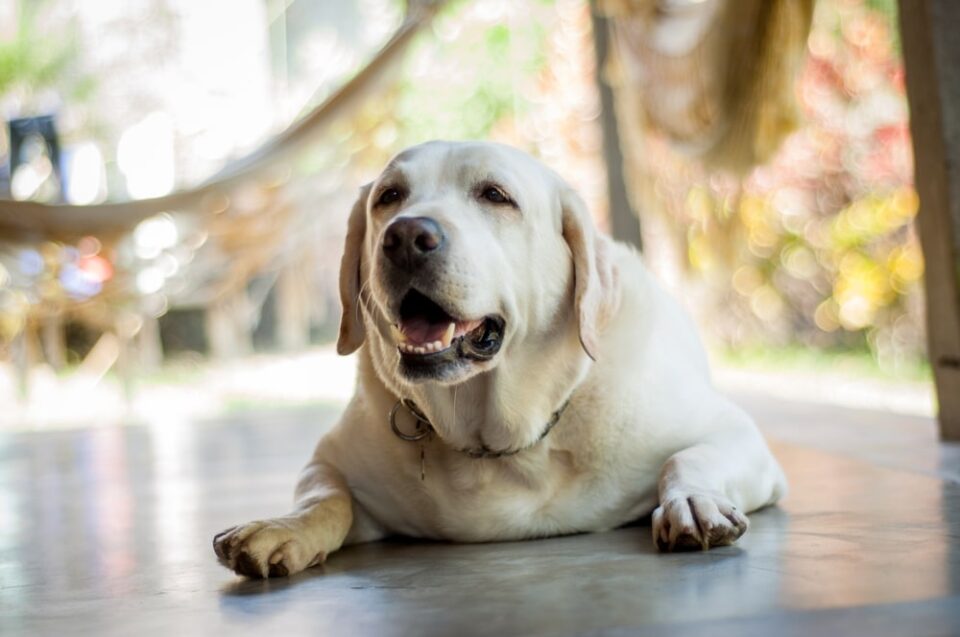Pet Care
7 min read
8 Signs Your Cat Is Aging
Published on Jul 7, 2023
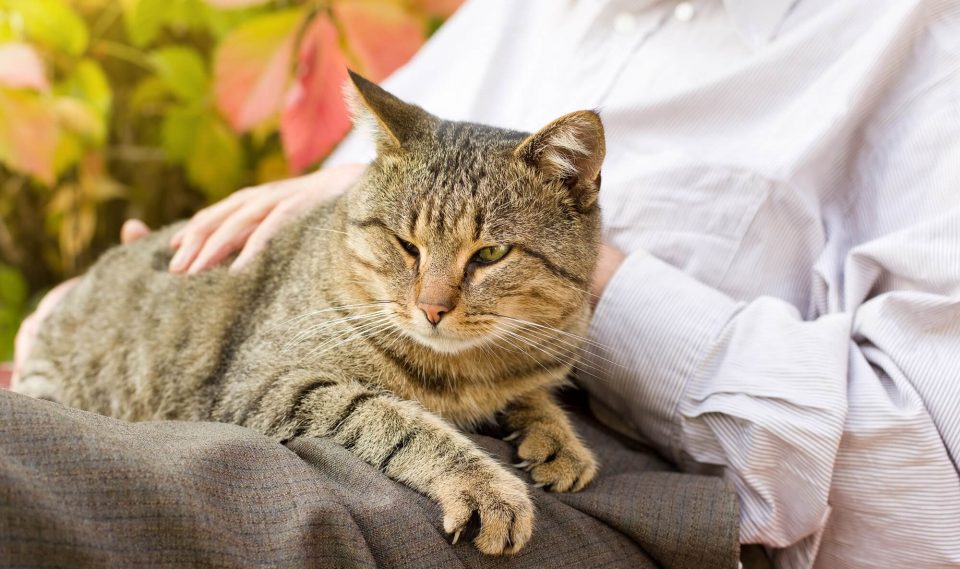
The answer to “how old is my dog in human years” has finally been answered, but “cat years” work a little differently than “dog years.” For example, the first two years of your cat’s life are equivalent to 24 human years—no wonder cats transform from innocent, darling kittens to rebellious teenagers so quickly. After the two-year mark, cats age roughly the equivalent of four cat years for every one human year. This means that by the age of 12, your cat is a respectable golden-ager (64 years old in human years).
While the world record for the oldest living cat is held by Flossie, a 27-year-old tortoiseshell, the average life expectancy of an indoor cat is between 10 and 15 years old. This number is significantly reduced to 7 years for vagabond outdoor cats.
How to care for a senior dog is different as how to care for a cat, and what to expect with an aging dog is different from that of a cat’s. As your cat ages, their health, nutritional, and activity needs change, and they may begin to behave differently than their younger self. Thus, cat parents can stay vigilant to signs of old age in cats and respond accordingly to provide their cats with the right care.
Below we’ve listed some signs of old age in cats.
1. Changes in Activity Level
Young cats can be quite energetic and playful; however, aging cats often display changes in their energy levels as they age.
Your once mischievous feline may now turn a blind eye to opportunities to tip over your houseplant or explore the uncharted territory of your kitchen cabinets. You may also find your old-timer preferring to nap on their favorite windowsill in lieu of playing with their beloved toy. Other signs that may indicate declining energy levels include:
- Spending less time outside
- Playing and hunting less
- Avoiding cuddles and pets
- More naps throughout the day
- Lacking responsiveness to stimuli
- Diminishing self-grooming
Changes in energy levels can be a natural progression of aging, yet they may also indicate more serious health issues. If you notice your senior cat displaying severe signs of lethargy or resistance to jumping, playing, or walking up the stairs, it may be time for a veterinarian visit to rule out possible health concerns.
2. Changes in Cat Behavior
Your elderly cat may display personality changes as they age. For example, a once-docile cat may start to exhibit more hostile behavior like biting, scratching, or hissing when you or another pet attempts to get near.
Subtle behavioral changes in their personality that divert from their normal cat behavior may indicate larger health problems, so be sure to look out for signs of:
- Irritability
- Aggression
- Anxiety
- Restlessness
- Moodiness
- Repetitive behavior, like pacing back in forth or licking the same place on their body
3. Changes in Cognitive Function
Golden-aged cats may also show signs of cognitive decline, which can resemble dementia or Alzheimer’s disease in humans. Signs of forgetfulness, disorientation, or confusion are all common indications that your senior cat may be experiencing cognitive dysfunction.
Cognitive dysfunction syndrome (CDS) is a condition present in elderly cats. This syndrome progresses over time and is most common in cats over the age of 10. Cats with this illness may regularly forget the location of their litter box, stare blankly at the walls, or even wander away from home.
Having an awareness of the signs of CDS can allow you to get your cat the right medical treatment to slow the disease’s progression. Symptoms of CDS include:
- Spatial disorientation
- Decrease responsiveness to surroundings
- Deficits in learning and memory
- Awareness issues
- Low activity levels
- Bathroom incontinence
4. Changes in Weight and Appetite
As cats age and their energy levels (and playtime) decrease, they naturally need fewer calories to sustain their bodies. Additionally, you can expect their metabolisms to slow down—at which point, veterinarians recommend reducing your cat’s food intake by approximately 20-30 percent to avoid unnecessary weight gain. If you see noticeable weight gain, this can be one of the many signs of aging in cats.
Alternatively, you may notice your elderly feline looking more boney and gaunt, which can happen if your cat cannot absorb the nutrients in their food as well as they did in their youth. If their nutrition requirements are not met, they may lose lean muscle mass.
If your cat lacks enthusiasm for its favorite meal or treat, it can also be a sign of aging. Decreased smell, tooth trouble, or infections can reduce your cat’s appetite and prevent them from getting the calories and nutrients they need to maintain a healthy body weight.
Weight loss or loss of appetite may also be an indication of more serious conditions like:
- Kidney disease
- Hyperthyroidism
- Heart disease
- Kidney disease
- Cancer
These are all common illnesses for older cats that can have detrimental impacts on their health if not caught early. So if you notice your cat losing weight quickly, it’s best to consult with your veterinarian to diagnose the issue.
5. Changes in Fur
If you notice gray, silver, or white hairs around your cat’s face, this is a clear indication that your cat is aging. As they get older, your cat’s brown, black, white, or orange coats may gradually begin to lose their color as pigment cells in their hair follicles stop being produced.
Your elderly cat’s coat may also thin out as they experience mild hereditary hair loss. The shine and luster can also decrease if their bodies cannot absorb nutrients properly or are undereating due to underlying health conditions. Without an adequate amount of nutrients in their diet, your cat will lack the proper vitamins and minerals to keep their coat in good health.
Oily or matted fur, a consequence of decreased self-grooming, is another sign of aging in cats.
6. Changes in Skin
Signs your feline is aging can also be seen by looking at their skin. Their skin may begin to dry and become less elastic as their blood circulation decreases as they age. Your cat’s skin may also be more prone to infections or skin odor than younger cats.
Another indication your cat is aging is noticing abnormal lumps or bumps on their bodies. While some growths can be benign, certain lumps can be indicative of a more serious disease. In either case, it’s important to have a professional veterinarian perform a routine check-up to ensure any abnormalities are treated immediately.
7. Changes in Vision
Aging can change how your golden-aged feline views the world—litter-ally. Vision problems may begin to develop as your cat reaches around 9 years old. Abnormalities in the vision of elderly cats can be a symptom of other age-related illnesses.
If your older cat is pawing frequently at their eyes and blinking excessively, or if you notice cloudiness or enlarged blood vessels when you look into their eyes, your cat may be experiencing one of the following conditions that indicate aging:
Cataracts – A degeneration of the lens that creates a cloudy, white appearance in their eyes; it can be a symptom of infection, cancer, or diabetes.
Glaucoma – A disease that damages the optic nerve and retina of your cat’s eyes and doesn’t allow for drainage of the eye’s fluids.
Uveitis – A painful condition that causes inflammation of the eye; can be a symptom of diabetes, cancer, high blood pressure, or a virus.
Lenticular stenosis – A condition that causes the lens to turn a transparent bluish-gray color and leads to cataracts in the eye. This ailment frequently occurs in cats over 9 years old.
Conjunctivitis – A disorder that results from viruses, bacterial infections, allergies, and parasites. Symptoms include discharge and swelling of the eye. Your cat may also experience flu-like symptoms like a fever, runny nose, and lethargy.
Retinal detachment – A condition that occurs when the retina detaches from the eye develops due to diabetes, high blood pressure, or glaucoma.
If left untreated, these conditions can lead to complete blindness, so it’s important to schedule a veterinary visit as soon as you notice any signs of vision problems in your aging cat.
8. Changes in Dental Health
As your cat ages, you may notice teeth staining or bad breath. These symptoms can be indicators of gingivitis, periodontal disease, and tooth resorption, which are common in 50 to 90 percent of older cats.
Gingivitis – A condition causing the inflammation of your cat’s gums due to plaque and tartar buildup. Disease-causing bacteria can make its way below the gums, causing swelling, recession, or sensitivity to the gums.
Periodontal disease – If gingivitis is allowed to progress, it can turn into periodontitis which can damage the bone of your cat’s teeth and eventually lead to tooth loss.
Tooth resorption – This painful condition occurs when the roots of the tooth gradually erode and separate from the rest of the tooth, eventually leading to tooth loss.
Be sure to keep your pet’s dental health in check with regular cat teeth cleanings.
Ensure Your Cat’s Older Years Stay Golden with Papaya Pet Veterinary Care
As your cat ages, it’s important to provide them with the loving care they need to live the last years of their life happy and healthy. Mobility or cognitive problems can be met with easier access to food, water, and the litter box. Similarly, weight, fur, and skin issues can be met with a responsive diet. Plus, a few extra cuddles and hugs never hurt.
To ensure your cat’s elderly years remain positive and golden, we can help.
Here at Papaya Veterinary Care, we have the resources you need to make sure your golden-aged cat stays purr-fectly happy in their old age. Our philosophy means your cat’s anxiety and stress are mitigated at every visit, promoting emotional and health benefits and making sure they receive the care they deserve.
Sources:
- PetMD. How Long Do Cats Live? https://www.petmd.com/blogs/thedailyvet/jcoates/2011/aug/how_long_do_cats_live-11496
- Guinness World Records. Wor;ds oldest cat is 120 in human years. https://kids.guinnessworldrecords.com/news/2022/11/worlds-oldest-cat-is-120-in-human-years
- Cornell Feline Health Center. Loving Care for Older Cats. https://www.vet.cornell.edu/departments-centers-and-institutes/cornell-feline-health-center/health-information/feline-health-topics/loving-care-older-cats
- Pet MD. 5 Signs Your Cat is Getting Older. https://www.petmd.com/cat/centers/nutrition/evr_ct_visible-signs-of-aging-in-cats
- Pet MD. Cat Dementia: Symptoms, Causes and Treatment. https://www.petmd.com/cat/conditions/neurological/c_ct_cognitive_dysfunction_syndrome
- VCA Hospitals. Feeding Mature, Senior, and Geriatric Cats. https://vcahospitals.com/know-your-pet/feeding-mature-senior-and-geriatric-cats
- Cornell Feline Health Center. Feline Dental Disease. https://www.vet.cornell.edu/departments-centers-and-institutes/cornell-feline-health-center/health-information/feline-health-topics/feline-dental-disease



